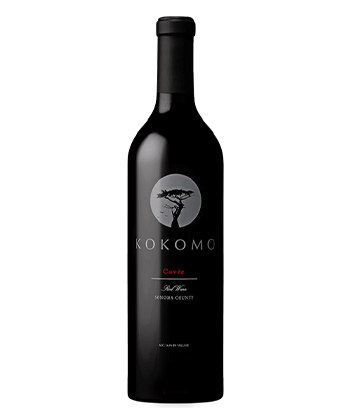There’s something of an irony to the fact that in the United States, one of the winemaking nations that pioneered making and labeling wines by variety, we’ve become increasingly intoxicated by red blends in recent years.
Of course, winemakers across the globe have combined different combinations of red grapes for centuries, producing wines that prove greater than the sum of their parts. But the style and unofficial category in question on this occasion present a different proposition.
Inspired by early breakout hits like Apothic, The Prisoner, and Ménage à Trois, these bottles often arrive with evocative labels and names designed more to linger in the memory than reveal much about the wines’ composition or origins. Stylistically, their profiles typically deliver bold fruit with smooth tannins, and they’re not afraid to hold back on the alcohol.
Don’t miss a drop!
Get the latest in beer, wine, and cocktail culture sent straight to your inbox.
Here are the 25 best red blends to drink in 2022, tasted and rated.
Ace Kicker ‘Big Bet’ Blend 2017
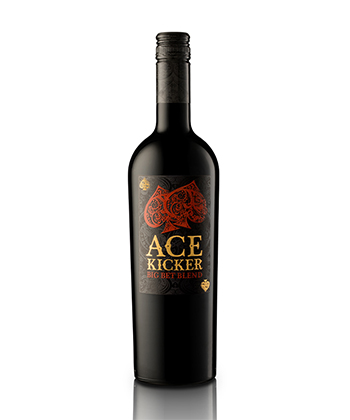
The grapes for this wine grow in Castilla La Mancha, around 40 miles south of Madrid. The blend includes Spanish staples Tempranillo, Garnacha, and Graciano as well as Cabernet Franc, Syrah, and Petit Verdot. The wine’s strong vanilla aromas will please those who enjoy noticeable oak influence, while the palate is remarkably smooth-sipping. Average price: $14. Rating: 88.
Alexander Valley Vineyards Homestead Red Blend 2019
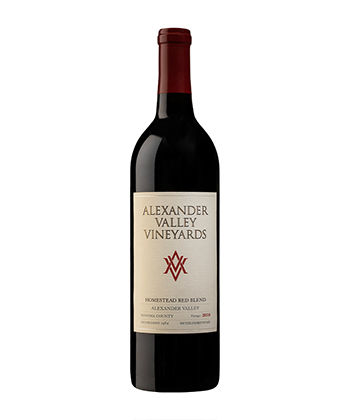
From the Alexander Valley AVA in northern Sonoma County, Merlot and Zinfandel drive this wine, while smaller quantities of Cabernet Sauvignon, Grenache, Mourvèdre, and Syrah also feature. An enjoyable woody quality jives with tart and juicy red fruit aromas on the nose. The fruit character remains fresh on the palate, where bright acidity propels a racy finish. Average price: $24. Rating: 89.
Beaulieu Vineyard Napa Valley Reserve Tapestry Red 2018
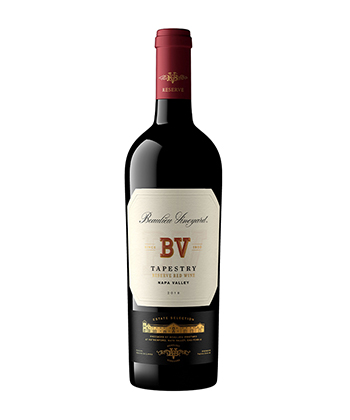
A burly red from Napa Valley, this wine comprises the common Bordeaux blend of Cabernet Sauvignon, Merlot, Petit Verdot, Malbec, and Cabernet Franc. Nearly two years resting in French oak have softened the wine’s texture and contribute sweet vanilla notes that complement its rich, dark fruit core. Did somebody say steak night? Average price: $64. Rating: 89.
Breaking Bread Winery Field Blend 2020
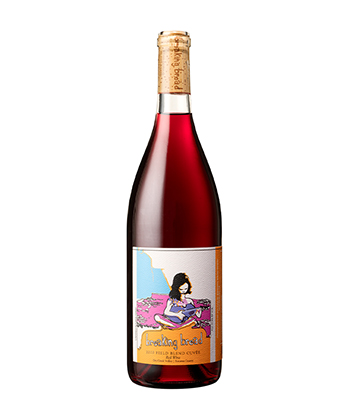
This wine stands out in the red blend category for a number of reasons. The unusual combination of Zinfandel, Mourvèdre, Carignan, and Muscat Blanc undergoes whole-cluster fermentation (carbonic maceration), and the resulting wine lands at an approachable 12.7 percent ABV. With distinctive notes of rhubarb, red berries, and savory herbs, this is an excellent outlier. Average price: $22. Rating: 90.
Cathedral Ridge Winery The Daughters’ Reserve 2016
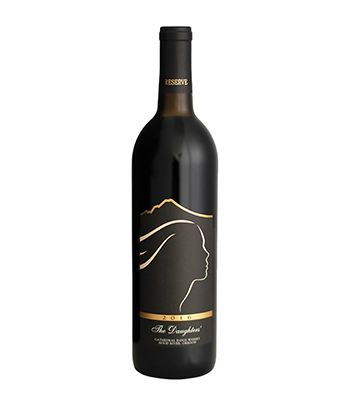
Made in Oregon’s Columbia Valley, this 2016 blend matches Malbec with Southern Rhône mainstays Mourvèdre and Grenache. Piercing spice aromas part ways for whispers of oak, while the palate dances between ripe berries and complex, herbal savory notes. This is a deceptively nuanced Pacific Northwest blend. Average price: $58. Rating: 88.
Château St. Jean Cinq Cépages 2018
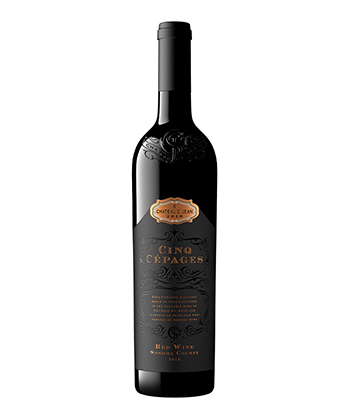
French for “five varieties,” Cinq Cépages references the classic Bordeaux grapes that make up this Sonoma County red. Each was vinified and aged separately for just less than two years in French oak (around half of which was new). The aromatics hint at the bramble fruits one might pick to make a preserve or infuse in a homemade liqueur. On the palate, it’s a tale of velvet fruit, with just enough acidity to balance the tannins and alcohol. If you like big, burly reds, this will be your jam. Average price: $100. Rating: 90.
Chateau Ste. Michelle Artist Series Red Blend 2017
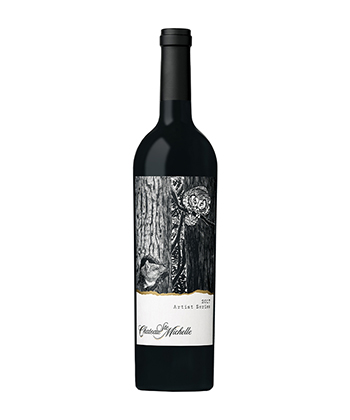
This Pacific Northwest take on the Bordeaux blend lands fresher and more tart than the typically ripe and heavy offerings from California. Pronounced vegetal notes from Cabernet Sauvignon, which makes up a little over half of the composition, bring character beyond fruit to the nose and interact nicely with the tannins and acidity on the palate. Average price: $70. Rating: 91.
Chimney Rock Winery Elevage Red Blend 2019
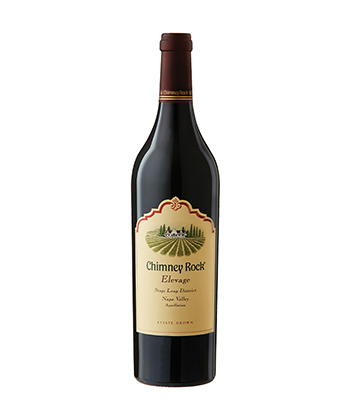
The standout wine from this year’s tasting, this velvety Napa Valley bottling delivers a seamless combination of Cabernet Sauvignon, Merlot, Petit Verdot, and Malbec. Despite spending 18 months in 100 percent new French oak, fruit character still shines throughout. Subtle notes of vanilla and cinnamon linger beneath the surface, bringing nuance and intrigue to each supple sip. Average price: $110. Rating: 95.
Covenant Winery Covenant Israel BLUE C Adom Red Wine 2019
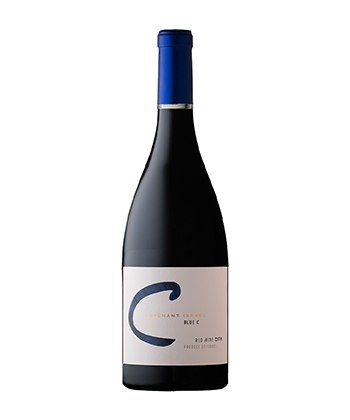
From Israel’s Golan Heights and Upper Galilee regions, this blend contains 60 percent Syrah and 40 percent Cabernet Sauvignon. Fruit-driven and plush, subtle floral and spice notes add an extra layer of depth, while grippy tannins contribute texture. A hearty stew or a braised meat dish would go down great with this wine. Average price: $40. Rating: 88.
Dalla Valle Vineyards Collina Dalla Valle Napa Valley Red Wine 2019
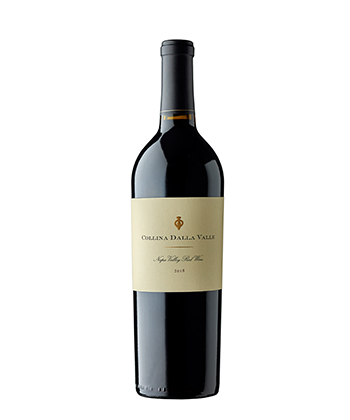
With an almost equal billing of Cabernet Franc and Cabernet Sauvignon, this California blend also enjoys a seasoning of Petit Verdot. Savory and spiced notes lead the charge, with fruit character arriving ripe and woven into oaky vanilla sweetness. Pair with roasted lamb or baked goat cheese. Average price: $100. Rating: 88.
DeLille Cellars D2 2019
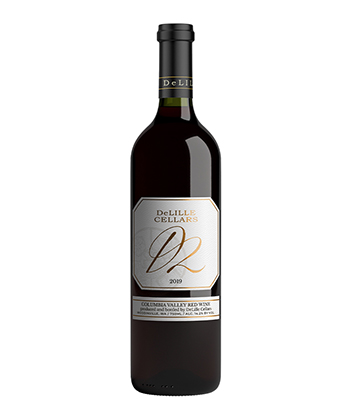
From Washington State, the grapes for this wine are sourced from a dozen vineyards in the Columbia Valley. Merlot makes up 60 percent of the blend, Cabernet Sauvignon 34 percent, and the remainder is Cabernet Franc and Petit Verdot. Though slightly shy on the nose, bright red fruit and floral tones spring to life on the palate, while its medium body is framed by elegant tannins and acidity. Average price: $50. Rating: 90.
Domaine Skouras Megas Oenos 2017
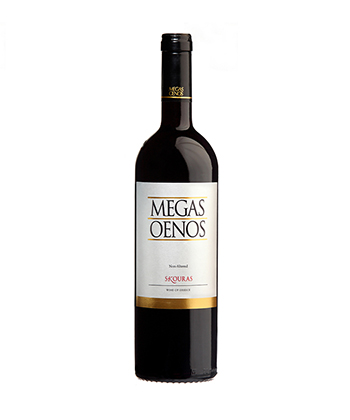
Agiorgitiko, the flagship Greek red variety, accounts for 80 percent of this Nemea red blend, with Cabernet Sauvignon playing a dutiful supporting actor. Aged for 18 months in French oak, and a further six months in bottle prior to release, its red and black berry character has become extremely concentrated over time and is almost approaching dried fruit territory. The texture is soft and structured, making it equally apt for after a meal as well as during. Average price: $40. Rating: 89.
Epiphany Inspiration 2019
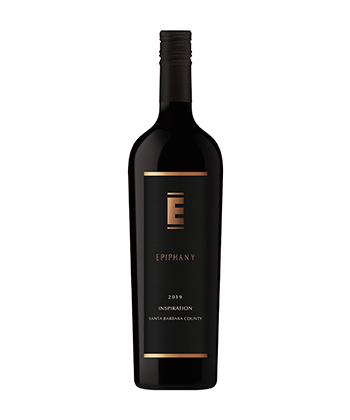
Inspiration, in the case of this Santa Barbara County red wine, arrives from the Southern Rhône, with five of the region’s varieties included in this bottling. Figs, dried red fruit, cinnamon, and black pepper set the tone, leading to a soft palate with mild tannins and a fresh finish. Lamb, lamb, and more lamb is the ideal pairing here. Average price: $29. Rating: 90.
INTRINSIC Red Blend 2019

A blend of Cabernet Franc and Malbec from the Columbia Valley, the pressed juice of each variety ferments in contact with the skins of their counterpart for this wine. Fifty percent of the grapes then maintain skin contact for nine months after fermentation. The process adds complexity and doesn’t detract from each grape’s identity: Cabernet Franc’s pepperiness livens the solid Malbec core, and juicy fruit flows throughout. This is a fun, well-made bottle of wine that’s great for the price. Average price: $25. Rating: 89.
KB by Knights Bridge Red Blend 2018
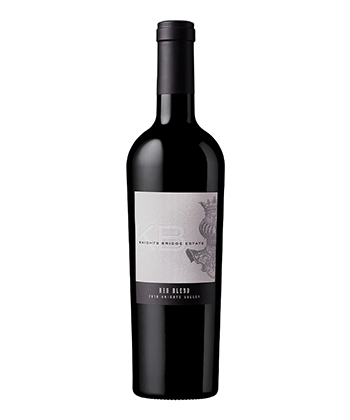
Cabernet Sauvignon accounts for 75 percent of this Sonoma County red; Merlot (24 percent) and Cabernet Franc make up the remainder. Fully ripe, rich fruit defines its profile, with red and black berries among the most distinctive notes. There’s a seasoning of oak, too, revealing itself as vanilla and cinnamon notes. Bracing acidity helps maintain freshness on the palate. Average price: $50. Rating: 88.
Kokomo Winery Cuvee North Coast 2019
This wine gains an inky hue from Petite Sirah and Zinfandel, which are joined by the Southern Rhône varieties Grenache, Carignan, and Syrah. The darkness of its color is mimicked by the richness of black fruit on its nose, while strawberry preserves appear on the full-bodied palate. This is an archetypal red blend. Average price: $26. Rating: 88.
Locations CA Red Wine

Founded by Dave Phinney — whose previous forays in the red blend category include none other than The Prisoner — Locations offers a range of multi-regional blends from different countries and states. The California bottling sees the unusual inclusion of Barbera, along with Petite Sirah, Tempranillo, Syrah, and Grenache. Mocha and blackberries shine on the palate, which is smooth as silk thanks to fine, well-incorporated tannins. Average price: $21. Rating: 88.
Macari Vineyards Dos Aguas 2019
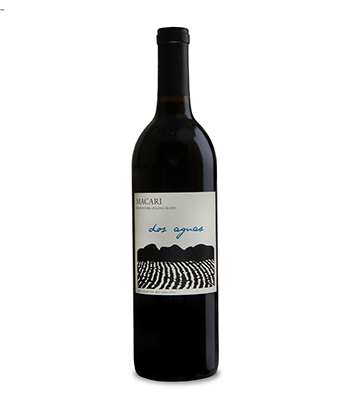
One of the leading names in Long Island’s North Fork region, Macari employs a Merlot-heavy Bordeaux blend for his wine. At 12.2 percent ABV, it’s among the lowest alcohol options you’ll encounter in this category. Expect to be greeted by lean, fresh fruit on the nose and additional savory, leather notes on the palate. Average price: $35. Rating: 88.
Mezzacorona DiNotte
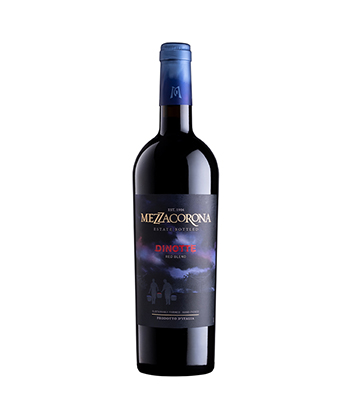
Priced at a little over $10, this Italian red blend overdelivers on value. Two little-known native grapes (Teroldego and Marzemino) accompany Merlot in its composition, serving soft and sweet sips with an enjoyable general fruitiness. Most impressive is its balance and approachability. Average price: $11. Rating: 89.
Orfila Reserva Red Blend 2018
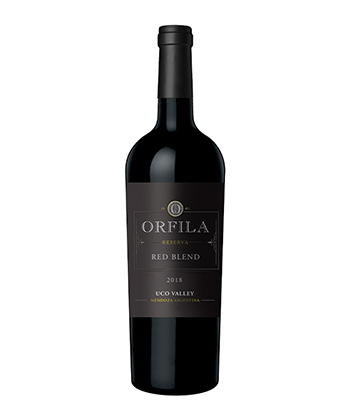
From the high-altitude vineyards of Argentina’s Uco Valley arrives this equal-parts mix of Malbec and Cabernet Sauvignon. The combination serves the easygoing and enjoyable dark fruit character of the former and prickly vegetal seasoning from the latter. Sweet vanilla from a year spent (by most of the wine) in oak delivers a pleasing finish. Average price: $20. Rating: 89.
Primus The Blend 2019
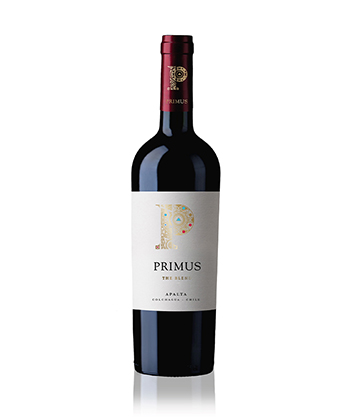
Fruit character tends to dominate most red blends, but this expression from the Colchagua Valley in Chile serves similar helpings of savory spice and green notes. The latter likely come from the inclusion of Carménère, which joins a cast of various common Bordeaux grapes. This wine belongs on the dinner table alongside a prime cut of beef or a roasted root vegetable salad. Average price: $21. Rating: 89.
Rabble Red Blend 2019
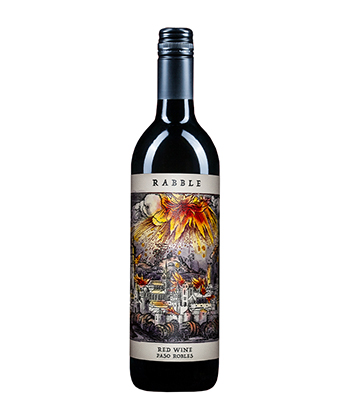
Composed of no less than eight different varieties, this Paso Robles red clocks in at a fairly hefty 14.5 percent ABV, yet its alcohol content never overwhelms or distracts from the wine’s profile. On that front, expect deep and rich dark fruits, most notably black cherries and plums. Average price: $22. Rating: 88.
Robert Hall Winery Paso Red Blend 2019
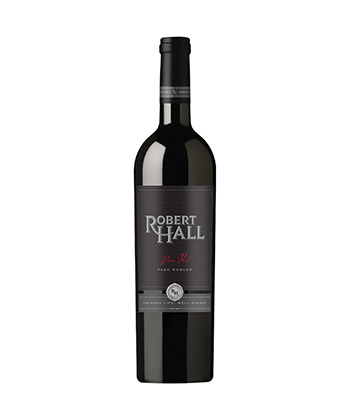
This combination of Petite Sirah, Zinfandel, Syrah, Petit Verdot, and Mourvèdre provides a great example of the red blend profile that’s grown so popular in the U.S. It’s bold and fruity, with the perfect level of acidity to bring balance, and its alcohol and tannins are seamlessly incorporated. Paso Robles once again comes up with the goods here. Average: $20. Rating: 90.
The Vice ‘The Tri Blend’
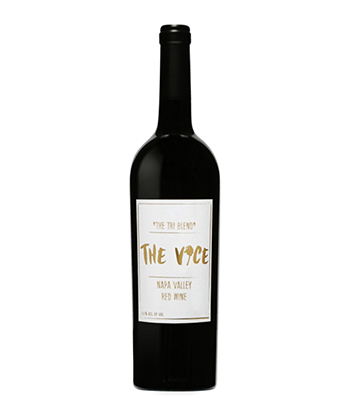
The uncommon St. Laurent variety is joined by Cabernet Franc and Malbec in this blend. Its name not only references the number of varieties in the blend but also a passion of winemaker Malek Amrani — a Team USA triathlete. The combination proves a winning formula, delivering vibrant waves of dark berries, a distinctive floral note, and just a whisper of tannins. Average price: $33. Rating: 89.
VIK MILLA CALA
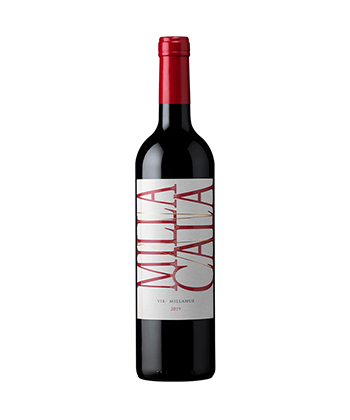
From the renowned Chilean winery VIK comes this Cabernet Sauvignon driven blend. While that variety anchors the wine with an attractive dark fruit core, Carménère and Cabernet Franc provide added layers of leafy, green bell pepper notes, while Syrah rounds things out with a crack of black pepper. This is an elegant, well-priced red blend. Average price: $45. Rating: 90.



